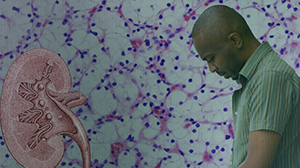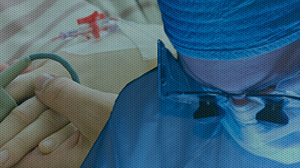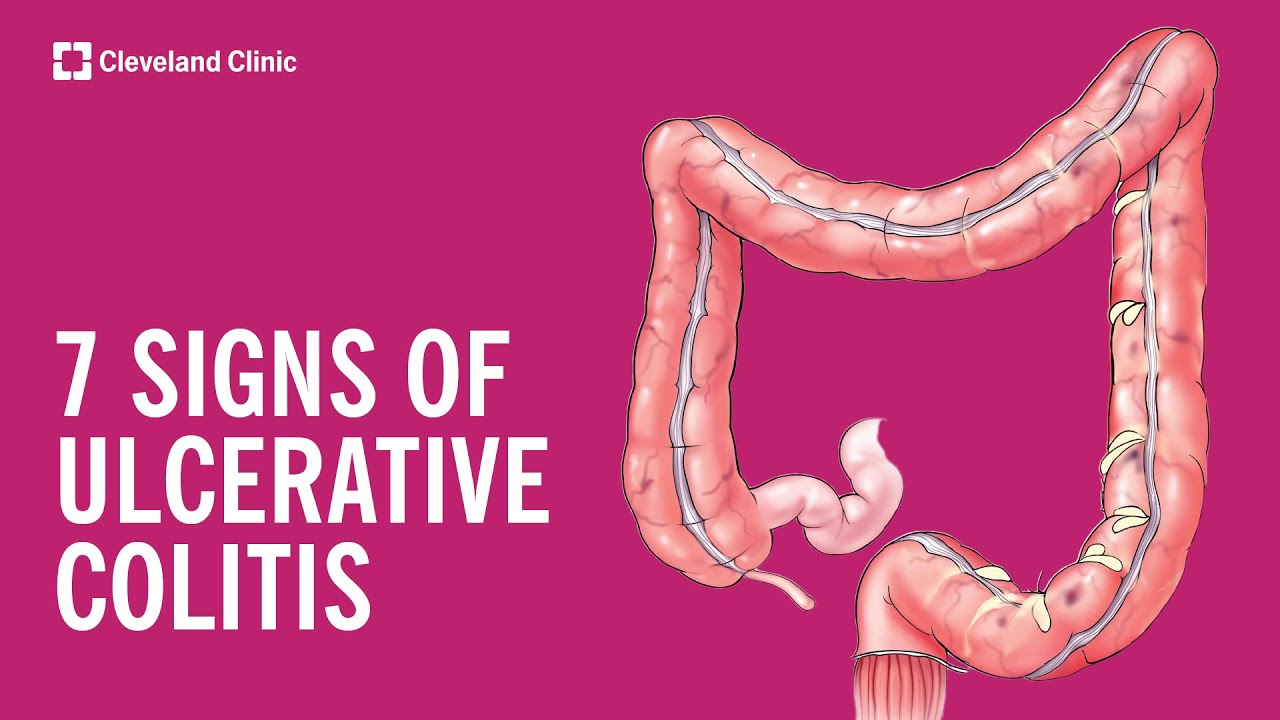The Reuters Health • The Doctor's Channel Newscast Channel
NEW YORK (Reuters Health) – Semirigid ureteroscopy is more effective than shockwave lithotripsy for clearing distal ureteral calculi, according to the results of a meta-analysis of randomized, controlled trials reported in the July issue of the Journal of Urology.
However, “Currently published RCTs do not permit any conclusions to be drawn on the most efficacious approach to proximal ureteral or renal calculi,” the authors report.
Dr. Brian R. Matlaga, with Johns Hopkins University School of Medicine in Baltimore, Maryland, and colleagues explain that while shockwave lithotripsy (SWL) and ureteroscopy (URS) may have certain advantages and disadvantages in different clinical circumstances, “there are no universally accepted paradigms to manage upper urinary tract calculi.”
To examine the latest evidence in this regard, the team performed a systematic review of the literature on renal or ureteral stones treated with semirigid URS, flexible URS, SWL with the Dornier HM3 or later-generation lithotripters, or percutaneous nephrolithotomy. Thirteen relevant RCTs were included in the analysis.
Based on the six trials that reported results with distal ureteral stones, the authors calculated that the probability of being stone-free at the first post-procedure assessment was 55% greater with semirigid URS than SWL treatment; ie, the pooled relative risk was 1.55.
Over time, with re-treatment of SWL cases, the stone free-rate associated with SWL approached that of semirigid URS, the team found. The need for re-treatment was significantly less with URS than SWL (RR 0.14).
“What may be as important as our mentioned findings on distal ureteral calculi is our inability to draw meaningful conclusions when assessing studies of proximal ureteral and renal calculi,” Dr. Matlaga and colleagues comment.
This was because two of fours studies of proximal ureteral stones were restricted to large stones and the other two included highly variable outcome metrics. The degree of heterogeneity in the three studies identified for renal stones precluded meaningful comparisons.
“The ideal resolution would be well designed RCTs,” the investigators conclude. “In the absence of such studies a greater degree of uniformity in terminology and outcomes would improve the usefulness of comparing observational studies.”
SOURCE:
Treatment of Ureteral and Renal Stones: A Systematic Review and Meta-Analysis of Randomized, Controlled Trials
J Urol 2012;188:130-137.









